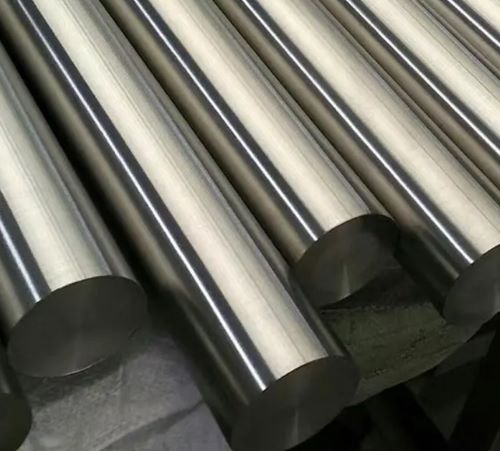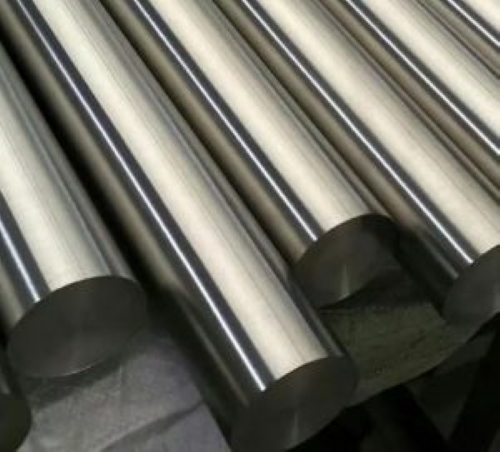The Most Heat Resistant Material--Tantalum the Metal

Tantalum (Ta) is a rare, highly heat-resistant metal that plays an essential role in numerous advanced applications. This article will discuss what tantalum is and how it is used in a variety of high-tech applications.

What is Tantalum?
Tantalum is a rare, transition metal that has unique properties, particularly its incredible heat resistance and corrosion resistance. With a dense, silvery-blue appearance, it is often found in minerals such as columbite and tantalite. The metal was named after the Greek mythological character King Tantalus, whose unending thirst and hunger were symbolic of the metal’s resistance to dissolving in acids.
Further reading: Properties And Applications Of Tantalum
What Are the Tantalum Properties?
Tantalum is renowned for several key properties:
- High Melting Point: Ta has a melting point of 3,017°C (5,463°F), making it one of the most heat-resistant materials available.
- Corrosion Resistance: It resists corrosion from most acids and chemicals, which is vital in both industrial and medical applications.
- High Density: Ta has a relatively high density, contributing to its strength and durability.
- Biocompatibility: Ta is non-toxic and biocompatible, making it suitable for use in medical implants.
- Good Electrical Conductivity: Despite its high density and strength, Ta conducts electricity well, making it valuable in electronics.
Further reading: A List of Heat-Resistant Materials
How is Tantalum Found?
Tantalum is usually extracted from the mineral tantalite, a primary source of the metal. The extraction process involves mining the mineral and then refining it through complex procedures such as chemical leaching and electrolysis to separate the tantalum from other metals. The metal is typically produced as a fine powder or ingot and can be further processed into various forms, including sheets, wires, and alloys.
How is Tantalum Used?
Ta's corrosion resistance and heat resistance make it indispensable in a wide range of industries. Some of the most prominent applications include:
--Aerospace Advancements
Ta is used to produce key engine components that must endure these blistering conditions. It is found in turbine blades, heat exchangers, and other parts that need to maintain their strength and integrity under high stress. The metal’s heat resistance ensures that it plays a crucial role in the performance, safety, and longevity of aircraft engines, directly contributing to the efficiency of air travel.
--Electronics and Miniaturization
Ta's role in modern electronics is indispensable. As devices become smaller and more powerful, the need for materials that can withstand both heat and electrical stress is critical. Ta capacitors are widely used in electronic circuits due to their high capacitance, reliability, and ability to perform well under elevated temperatures.
--Life-Saving Medical Devices
Ta’s biocompatibility and heat resistance make it an ideal material for medical implants, such as bone plates, cranial implants, and joint replacements. The material can endure the body's internal temperatures while maintaining structural support over time. Ta’s ability to resist corrosion also ensures that implants remain stable and functional within the body, making it an indispensable material in the medical field.
--Crucial Catalyst in Chemical Reactions
Ta is used as a catalyst in high-temperature reactions, where its unique properties help accelerate the process. Ta’s Lewis acid character enables specific chemical reactions, particularly in the production of specialty chemicals and advanced materials. It speeds up reaction times, reduces costs, and increases efficiency in manufacturing processes.
Other Heat-Resistant Metals
While tantalum is an exceptional heat-resistant metal, it is not the only one. Several other metals are known for their ability to withstand extreme temperatures, including:
- Tungsten: With the highest melting point of any metal (3,422°C), tungsten is often used in applications that involve extremely high temperatures, such as lightbulb filaments and rocket nozzles.
- Rhenium: This metal, with a melting point of 3,180°C, is used in jet engines and high-performance turbines.
- Molybdenum: Molybdenum is known for its high melting point (2,623°C) and is used in aerospace and industrial applications requiring heat resistance.
- Titanium: Although it has a lower melting point than tantalum, titanium is still highly heat-resistant and used in applications where lightweight, high-strength materials are needed, such as aerospace and medical implants.
Conclusion
With unparalleled heat resistance, Tantalum is an essential material in several high-temperature applications. Whether used in jet engines or life-saving implants, tantalum’s versatility and heat resistance continue to shape the future of numerous industries. For more tantalum products, please check Advanced Refractory Metals (ARM).
{{item.content}}
LEVE A REPLY
{{item.children[0].content}}
{{item.content}}






